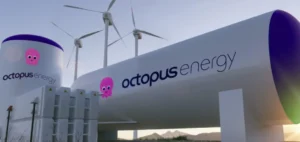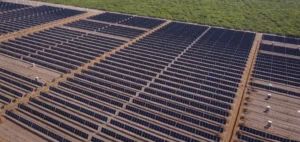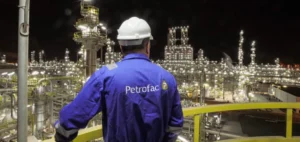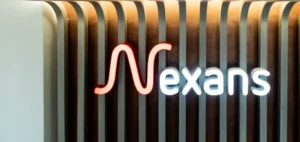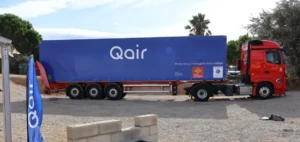Artificial intelligence is on track to become a major driver of global energy consumption. In response to this trend, the International Energy Agency (IEA) has announced the creation of an observatory dedicated to assessing the energy impact of data centers and digital infrastructures. The stated objective is to quantify the electricity requirements of AI-powered systems accurately and to provide open-source data.
A Rapidly Growing Energy Demand
Data centers, key components of AI-based technologies, accounted for approximately 1.4% of global electricity consumption in 2023, according to a study by Deloitte. This figure is expected to nearly triple by 2030, reaching 3%, or about 1,000 terawatt-hours (TWh)—equivalent to the combined electricity consumption of France and Germany.
According to IEA estimates, data center consumption could increase by more than 75% between 2022 and 2026 due to the accelerated growth of AI applications and cryptocurrencies. This trend is driven by the increasing computing power required to train and operate these advanced models.
An Initiative to Centralize Data
The initiative announced by the IEA aims to monitor, in real-time, the evolving energy consumption of data centers worldwide. The organization will collaborate with industry players to obtain detailed insights, allowing for a more precise analysis of electricity demand trends.
According to the Élysée, the observatory will help consolidate and provide reliable data to counter the fragmentation of figures reported in the media. For governments and businesses, the key challenge is to accurately assess AI’s impact on energy infrastructures and anticipate future electricity demand.
A Broader Strategic Framework
At the same time, the International Telecommunication Union (ITU) is working on establishing a coalition of AI companies to ensure a coordinated approach to energy optimization. This initiative, announced at the Paris Summit on Artificial Intelligence, seeks to develop strategies that support AI expansion while managing its impact on electrical grids.
In this context, the IEA’s observatory could become a benchmark tool for tracking sector developments and assisting decision-makers in preparing for the increasing electricity needs driven by emerging technologies.




